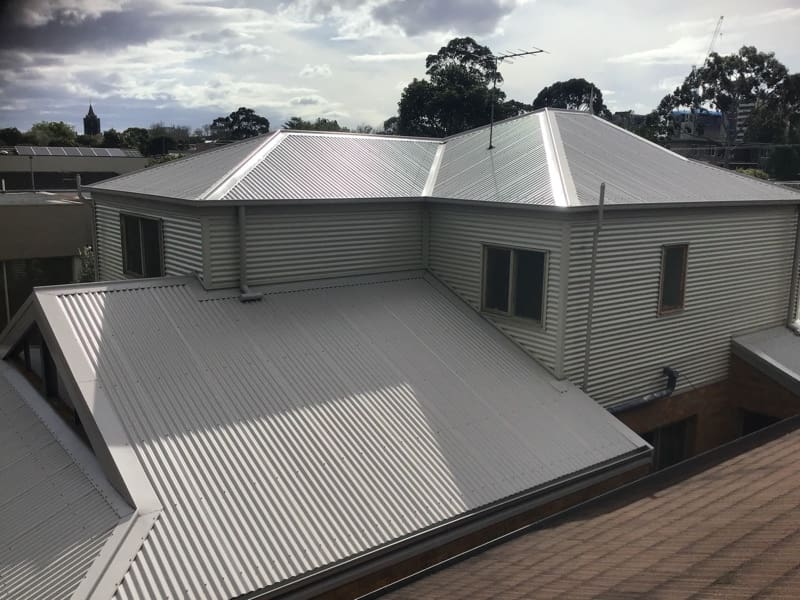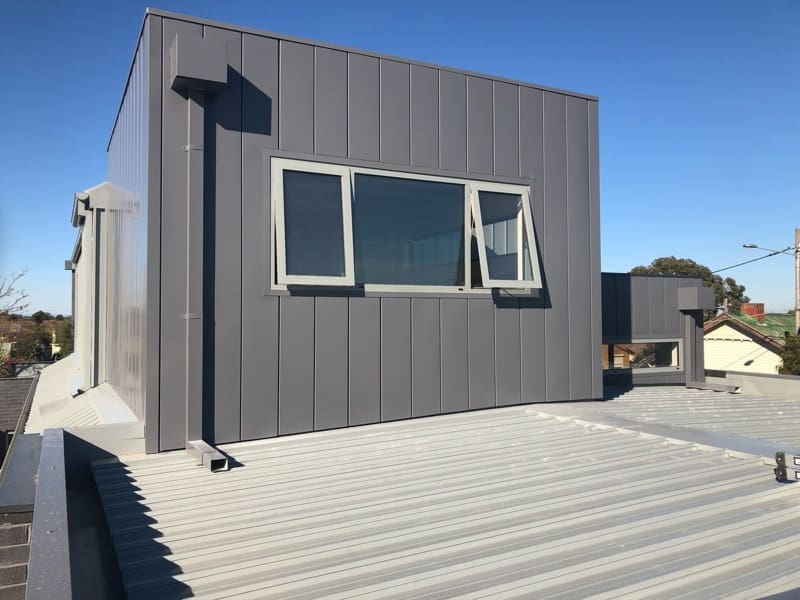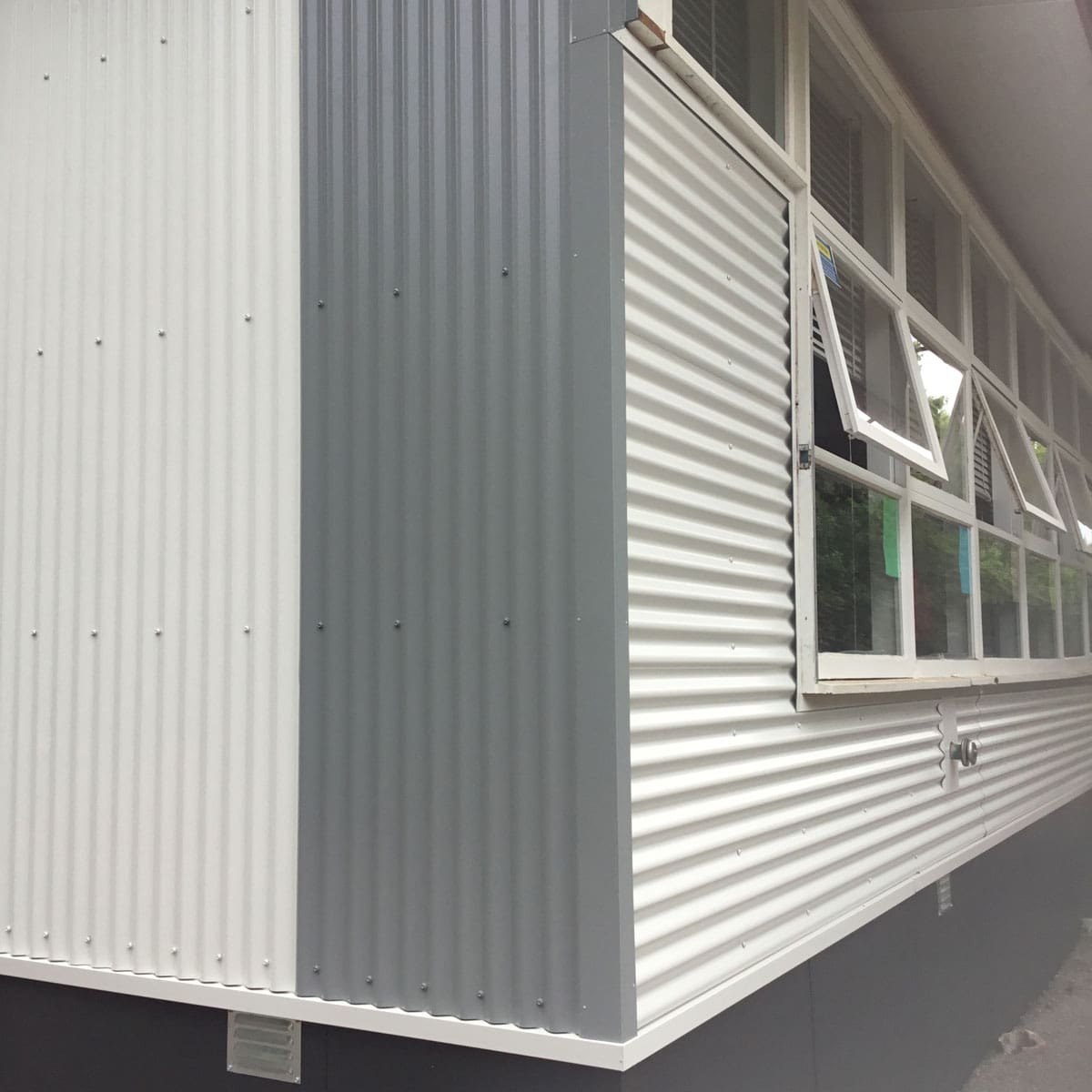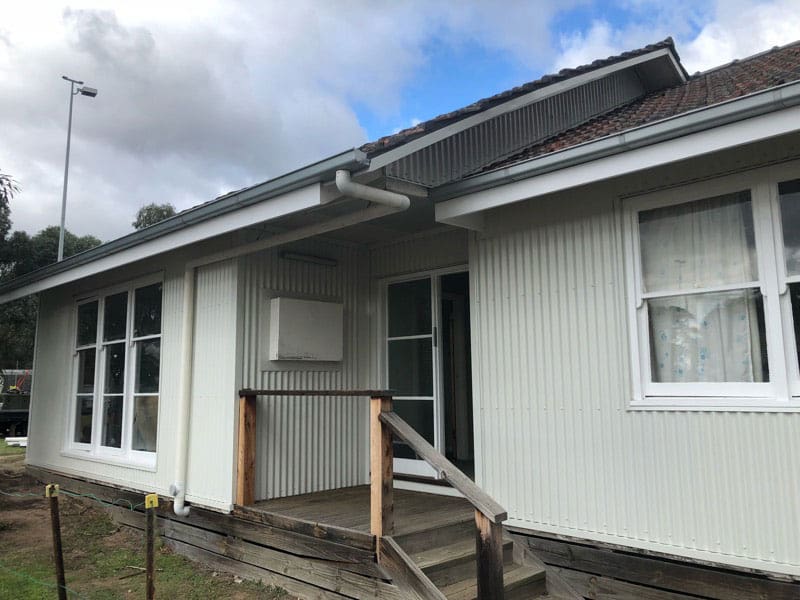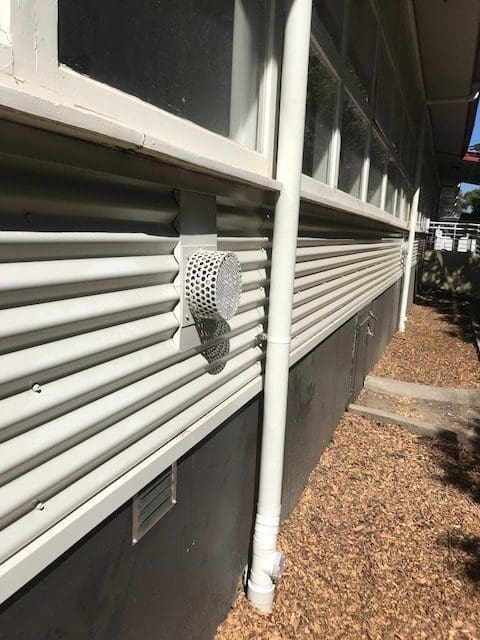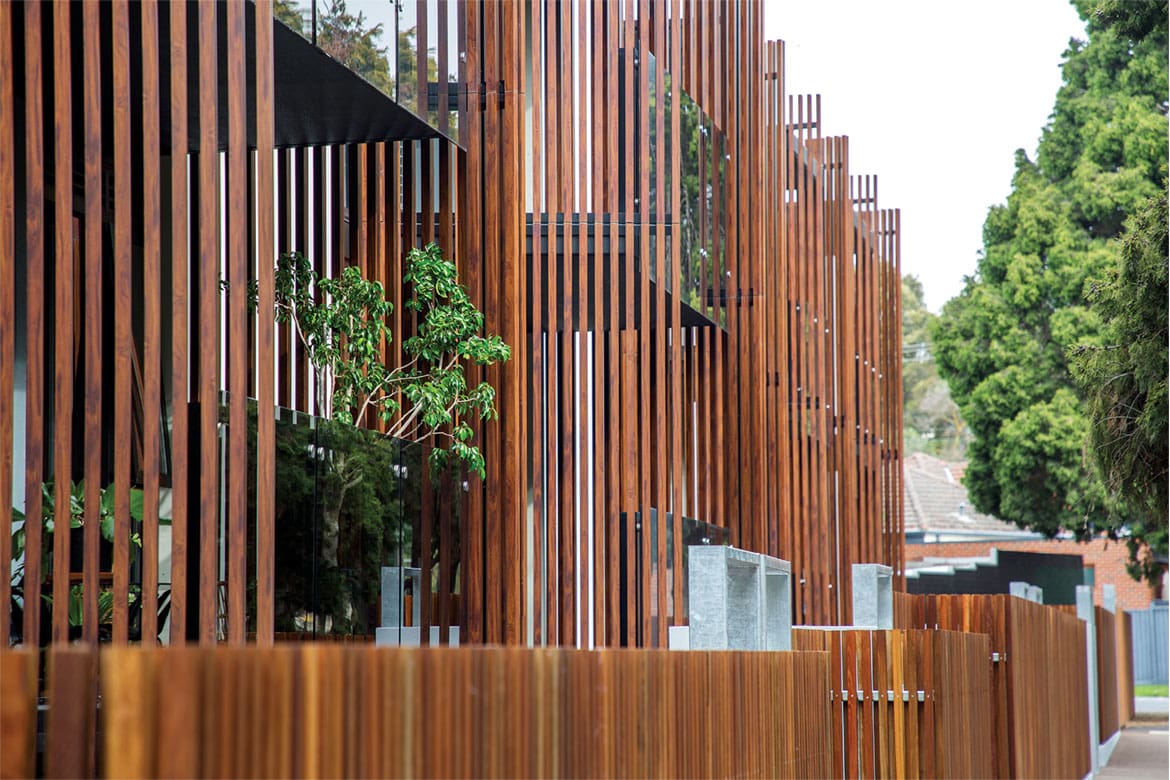
Timber Wall Cladding – a Persistent Architectural Trend
There’s a certain something special about timber wall cladding that has kept this architectural trend relevant over decades, if not centuries. One cannot deny that the natural warmth and feel of weatherboard facades create a welcoming atmosphere that never goes out of style. At beach-side properties, timber cladding even manages to tell a story as it ages, gradually fading to a “wise and old” silver-grey that evokes memories of beach combing through driftwood scattered along the shore.
But here’s where the shine begins to fade. While timber cladding looks especially great against a contrasting urban setting, its aging process isn’t quite as poetic as its beach-side counterpart. Instead of developing character, urban timber cladding often just looks worn and neglected over time. The real kicker? Maintaining these timber facades is both dangerous and expensive, making wear-and-tear not just inevitable, but a costly headache waiting to happen.
Knotwood Aluminium Cladding Systems
Enter Knotwood aluminium wall cladding – an innovative Australian-made solution that addresses all the headaches of traditional timber exteriors. This cleverly named product (I can’t believe it’s not wood!) brings all the aesthetic appeal of timber without any of its drawbacks.
But what makes this aluminium facade cladding system a game-changer?
Engineered for Structural Integrity
Unlike timber that can twist and warp over time (with no way to reverse the damage), Knotwood’s aluminium cladding system maintains its structural integrity year after year. It’s remarkably lighter yet stronger than traditional timber, and you can say goodbye to common timber woes like mold, rot, or warping. This isn’t just about looks – it’s about long-term structural reliability.
Timeless Aesthetics
While timber might look great initially, Knotwood aluminium wall cladding maintains its beauty over its lifespan. Even under the harshest Australian conditions, you won’t notice the fading and weathering that we associate with timber facades. The specialised finish has been rigorously tested to withstand extreme environments, ensuring your building’s exterior identity remains pristine over the years.
Energy Efficiency
Aluminium actually dissipates heat faster than most construction materials. Tests have shown that aluminium cladding maintains cooler temperatures compared to traditional wood, making it an energy-smart choice for the focal point of the building.
Easier and Faster Installation
Knotwood’s aluminium facade cladding comes with a modular design that makes life easy for owners and contractors. The system features interlocking boards, dedicated trim pieces, and smart fixing solutions that streamline the installation process. With various board styles and clip-in profiles available, you get maximum design flexibility without the installation headaches typical of timber cladding.
Virtually Zero Maintenance
Any owner of a timber-clad building will be familiar with the ongoing maintenance needed to keep wood ship-shape. With Knotwood, maintenance drops to almost zero. The only work required is basic cleaning – no repainting, no refinishing, no endless cycle of sealing and resealing. The exterior-grade paint is baked on to resist chipping, flaking, and scratching, making it practically maintenance-free.
Enhanced Building Safety
In our bushfire prone regions, building safety should not be an option.. Knotwood aluminium wall cladding provides crucial fire resistance and meets Australian Standards AS1530.3 and AS1530.1. Unlike timber, aluminium facing acts as a protective shield for your building, giving you more peace of mind when it matters most.
Environmentally Conscious
Don’t be fooled by the industrial nature of this product – Knotwood is a champion of sustainability. Free from lead and VOCs (Volatile Organic Compounds), this aluminium cladding system is 100% recyclable at the end of its lifespan. What’s really noteworthy is that 75% of all aluminium ever produced is still in use today. The material’s lightweight nature also means reduced energy costs in production, transportation, and recycling.
Repairing Timber Cladding vs Recladding in Aluminium
If you’re currently dealing with timber-clad buildings, you’re sitting on a prime candidate for recladding. The cost of repairing timber cladding isn’t a one-time expense; it’s a never-ending burden on your maintenance budget. Failed paint or sealant doesn’t just look bad – it’s expensive to fix and can lead to more serious issues.
While small holes or rot in timber can be patched up, they are issues that could impact the underlying structure. These vulnerabilities typically worsen over time, potentially leading to more extensive (and expensive) damage. For properties in high-risk bushfire areas, the decision to reclad in aluminium isn’t just about aesthetics – it’s about safety.
Finally, if you’re thinking about selling, a building clad in low-maintenance, durable aluminium is far more attractive to potential buyers than one requiring constant timber upkeep. It’s not just an upgrade – it’s an investment in your property’s future value.
Are you interested in exporing aluminium cladding options?
Contact Roofrite’s expert roof plumbing consultants, to discuss the ideal cladding solution for your building, and to book a 100% commitment free building inspection.
Date
Aug 24, 2019
Read Time
4 minutes
Services
Wall Cladding
